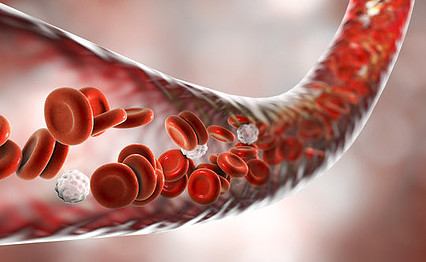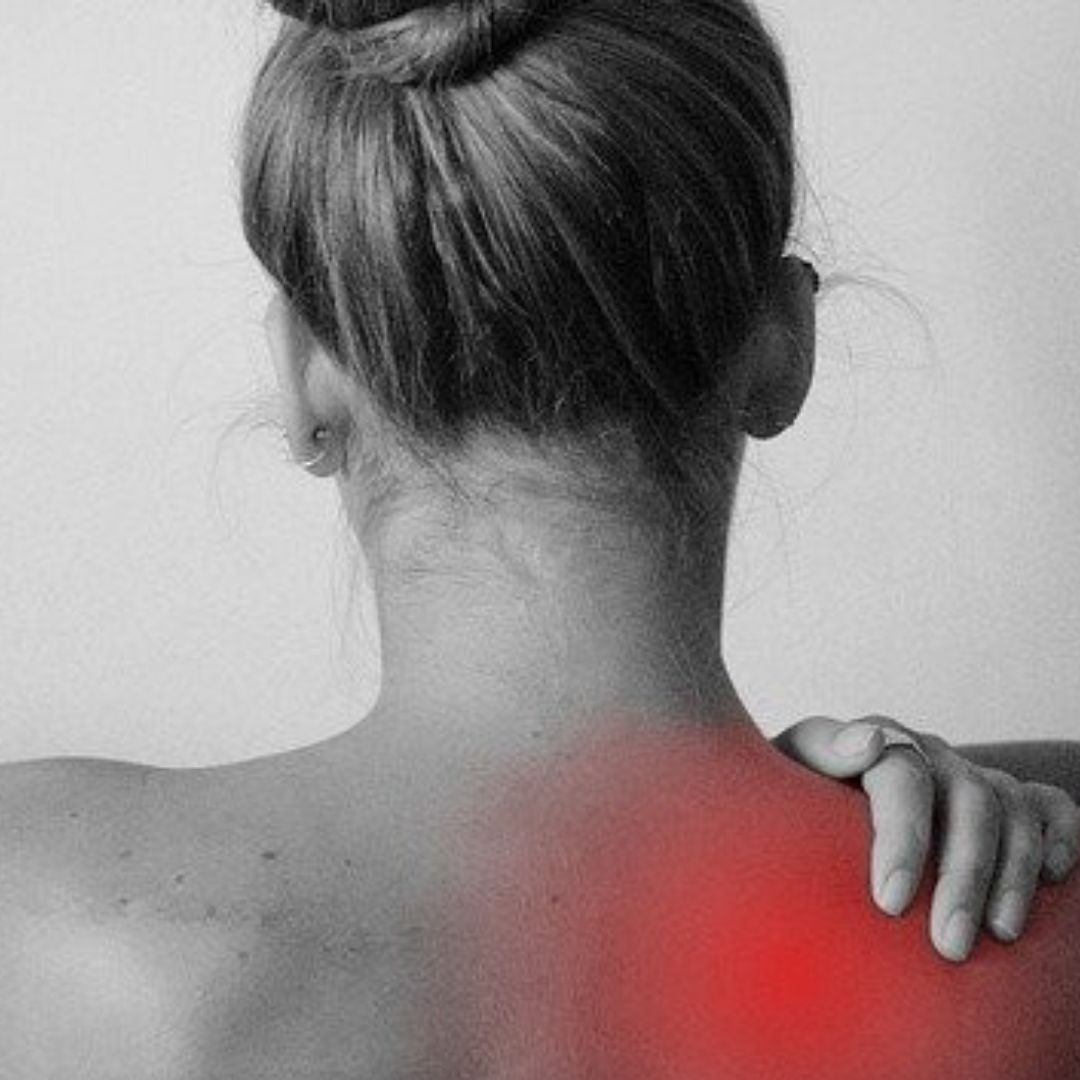Do you suffer from pain? If so, you’re not alone – nearly 50 million Americans deal with some sort of chronic pain on a regular basis, according to the U.S. Pain Foundation.
Sometimes, pain medications are necessary to manage your discomfort, but they’re far from the only option out there – and they can cause adverse side effects over time.
A non-invasive red light therapy device may be able to help provide long-lasting relief without harsh chemicals or side effects! This article will explore why a red light therapy device for pain relief can help.
- What is LLLT?
- How Does Red Light Therapy Work?
- What Condition Does Red Light Therapy Heal?
- How Can Red Light Therapy Help With Pain Relief and Healing?
- Which Red Light Therapy Devices Are Best For Pain Relief?
- What Results Should I Expect From Red Light Therapy Device For Pain Relief and Healing?
- Other Tips to Get The Most Out of Your Device
- Final Thoughts and Comments
What is LLLT?
Low-level laser therapy (or LLLT) is a non-invasive medical treatment that delivers radiant energy to tissue cells utilizing an infrared laser beam.
LLLT has been used in European and Asian countries since 1990 to treat several ailments and conditions, including osteoarthritis, tendonitis, and various types of chronic pain.
The procedure is almost completely safe—it causes little or no discomfort or irritation—and it can be done in 15 to 20 minutes per session at home using portable devices that cost between $400 and $1,000. In some cases, doctors will recommend continued sessions with an LLLT device; either way, one to two sessions per week should yield positive results over time.
Anecdotal evidence suggests that LLLT effectively treats osteoarthritis, lower back pain, neck pain, carpal tunnel syndrome, and arthritis in all joints throughout your body.
How Does Red Light Therapy Work?
Like many great beauty secrets, red light therapy’s mechanism of action isn’t completely understood. However, many studies have surfaced proving why red light therapy works to treat several conditions. We do know that it works by delivering specific wavelengths of light to cells in your body—and those photons have both healing and regenerative effects on cells and tissues. While red light therapy has been practiced in many different fields for years, it is especially useful when treating injuries or conditions such as migraines, inflammation, tendonitis, and plantar fasciitis—just to name a few.
If you’re interested in using red light therapy device for pain relief, look into devices explicitly designed for at-home use.
What Condition Does Red Light Therapy Heal?

Red light therapy can help with a wide range of issues, including:
Chronic Pain: Red light therapy has been shown to help with chronic pain caused by arthritis, fibromyalgia, and other inflammatory diseases. It also helps with neuropathic pain like sciatica.
Inflammation: Red light can reduce swelling and decrease joint stiffness caused by acute or chronic inflammation.
Muscle Soreness: Whether you’re an athlete or someone who works out regularly, muscle soreness is probably something you’ve experienced. Red light therapy can effectively treat muscle soreness after exercise as well as chronic muscle pain caused by overuse injuries.
Acne and Rosacea: If your acne scars are deep enough that they don’t respond to topical treatments alone, consider using red light therapy in conjunction with your skincare regimen. Combining both treatments may improve skin tone and texture while reducing scarring.
Migraines: Many people use red light therapy devices on their heads in order to treat migraines. According to a study published in 2018, low-level laser therapy may be an effective treatment for preventing migraine headaches and reducing migraine symptoms.
Plantar Fasciitis: Plantar fasciitis is an inflammation of your plantar fascia—the band of tissue that connects your heel bone to your toes. While there are many treatments available, red light therapy may be one of the most effective because it helps with both inflammation and tissue repair.
How Can Red Light Therapy Help With Pain Relief and Healing?
Red Light Therapy is used to improve blood circulation, promote healing, and reduce stress on joints and muscles.

A red light therapy device for pain relief can be used both topically or by placing it directly on targeted tissue points to stimulate blood flow, promote healing within those tissues, and trigger molecules that help inhibit inflammation.
What does that mean in plain English? If you use RLT correctly, it will relieve some of your aches, pains, stiffness, and soreness over time.
Which Red Light Therapy Devices Are Best For Pain Relief?
There are tons of products on Amazon that claim to be red-light therapy devices, but which ones are truly effective in delivering safe and reliable results to people with pain? There are quite a few out there, and each one claims to be better than its competitors.
Which one should you buy? We’ve put together a list of reviews for some of our favorite products out there today so that you can spend your money on something that will actually work.
>> Here is a list of the top 6 Amazon At-Home Red Light Therapy Devices we recommend.
What Results Should I Expect From Red Light Therapy Device For Pain Relief and Healing?
Red light devices have been shown to help heal and reduce pain due to various injuries and conditions, including acute and chronic pain. Typically, studies have found that red light therapy is effective in lessening muscular inflammation, inflammation of tendons or ligaments, joint stiffness, degeneration, and neuralgia related to sciatic nerve damage.
In one study of 63 patients with frozen shoulder syndrome (adhesive capsulitis), subjects were randomly assigned to receive either treatment with an 810-nm diode laser or a placebo treatment over eight weeks. The laser or placebo treatment was administered to each group 12 times, two times per week (weeks 1–4) and one time per week (weeks 5–8).
At the end of the study, the active group experienced the following results:
- Decrease in night and activity pain score
- A significant reduction in shoulder pain
- Reduction in arm, hand, and shoulder disability
- An increase in range of motion
The results suggest that low-level laser irradiation may be a useful therapeutic modality for treating adhesive capsulitis. The study also investigated whether red light phototherapy could reduce pain and improve range of motion in patients with rotator cuff tears.
The researchers concluded that it was safe, tolerable, and reduced pain intensity when compared to placebo group during treatment sessions. The results also suggested improvement in range of motion among some participants who received active treatments compared to those who received the placebo treatments.
Other Tips to Get The Most Out of Your Device
Although most people with chronic back, joint, or muscle pain see an improvement in their symptoms after just a few sessions, there are other tips that can help you get even better results.
Once your session is over, stay as still as possible to keep blood flowing through your area of concern and continue to benefit from its soothing effects.
And always follow any treatment program with plenty of rest and appropriate nutrition, plus non-invasive physical activity like walking and stretching whenever possible. If you’re serious about improving your health and getting rid of painful symptoms, don’t wait another minute!
Final Thoughts and Comments
The idea behind red light therapy has its roots in both science and alternative medicine—two types of treatment that are often at odds with one another.
It’s no surprise then that there is quite a bit of debate about what these devices can and cannot do and how they actually work. Because our understanding of biology and human health is still evolving, it’s important to consult with your physician before making any profound lifestyle changes.
But if you are looking for more natural ways to reduce your joint or muscle pain, or even if you want to try something new, consider giving Red Light Therapy a shot!
Are you considering red light therapy device for pain relief? Drop a comment below and share your thoughts!
